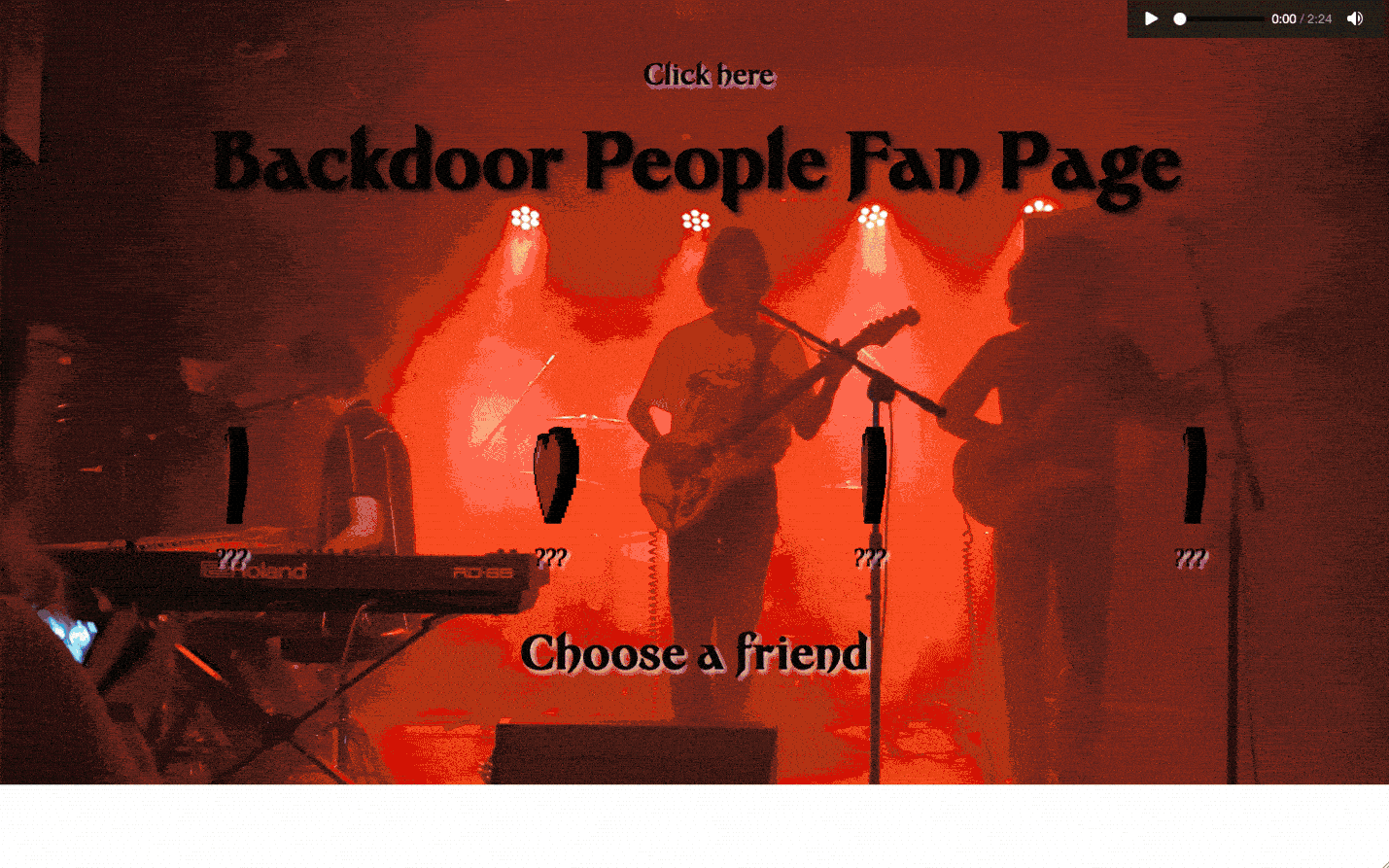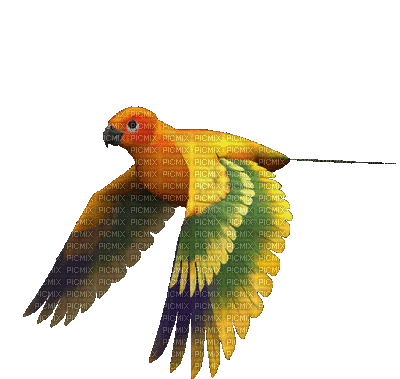
Safety Nets: Let Me Zine
Safety Nets: Let Me Zine is a project that Nami Kim, an admin of HTML Zine Club, examines following questions:
- How can practices like hand-made webpage creation and self-hosting servers empower people to have autonomy in terms of expressing themselves in desirable ways?
- What are web safety protocols for these practices to be sustainable and to enrich independent digital culture?
- How can the webzines created in HTML Zine Club attain layers of protection from hazards, such as online violences and scrapping by AI agents?
- How the community governance of HTML Zine Club could look like?
The project is composed of Podcast series, extensive workshops, and an expo.
Sources
Fonts
KoPubWorldBatangLight Created by Korean Publishers Association
Sligoil-Micro Regular designed by Ariel Martín Pérez, with the contribution of Đông Trúc Nguyễn
Images
Background images for the website: by Nami Kim
The background images are dithered at dither it
Thumbnail GIF for the landing page: By HTML Zine Club members from HTML Zine Club
A flying bird GIF: From https://www.picmix.com/stamp/Bird-2-837962
Illustration of Podcastcover: by Nami Kim Illustration in Prologue (Podcast) page: by Nami Kim
Sound
Intro & Outro sound: NPC Theme by HoliznaCC0 / Licensed under CCO 1.0 Universal
Context

Hello, I'm an artist and an admin of HTML Zine Club, a web community for people who are interested in making their own hand-made/personal webpages and hosting their works on a server. HTML Zine is a form of personal and experimental digital publication that is made of basic languages such as HTMLHTML (HyperText Markup Language) is the most basic building block of the Web. It defines the meaning and structure of web content. Other technologies besides HTML are generally used to describe a web page's appearance/presentation (CSS) or functionality/behavior (JavaScript). & CSSCascading Style Sheets (CSS) is a stylesheet language used to describe the presentation of a document written in HTML or XML (including XML dialects such as SVG, MathML or XHTML). CSS describes how elements should be rendered on screen, on paper, in speech, or on other media. CSS is among the core languages of the open web and is standardized across Web browsers according to W3C specifications. in a hands-on manner. The community also share a friendly tutorial in HTML & CSS.
While running the server, I have confronted with concerns by some users that they're afraid of hosting their works publicly online. As their zines often contain very personal elements, they don't want their works to be scrapped by AI crawling bots or get anonymously harrassed about what they present, etc. Indeed on the webzine, people tend to talk about stories they wouldn't really post on Instagram or Facebook...
Since facing this matter, I haven't felt comfortable to run the server. In fact, it's an urgent topic to cover, before encouraging people to host their webzines on HTML Zine Club.
The Internet has developed into something different as intended and desired. AI crawlers, dark web design patterns, users' data sold by the IT giants… Feeling an urgency to reconsider the direction of the personalised web, I'm taking a journey to explore how to make a safe web space for self-expression on the web.
